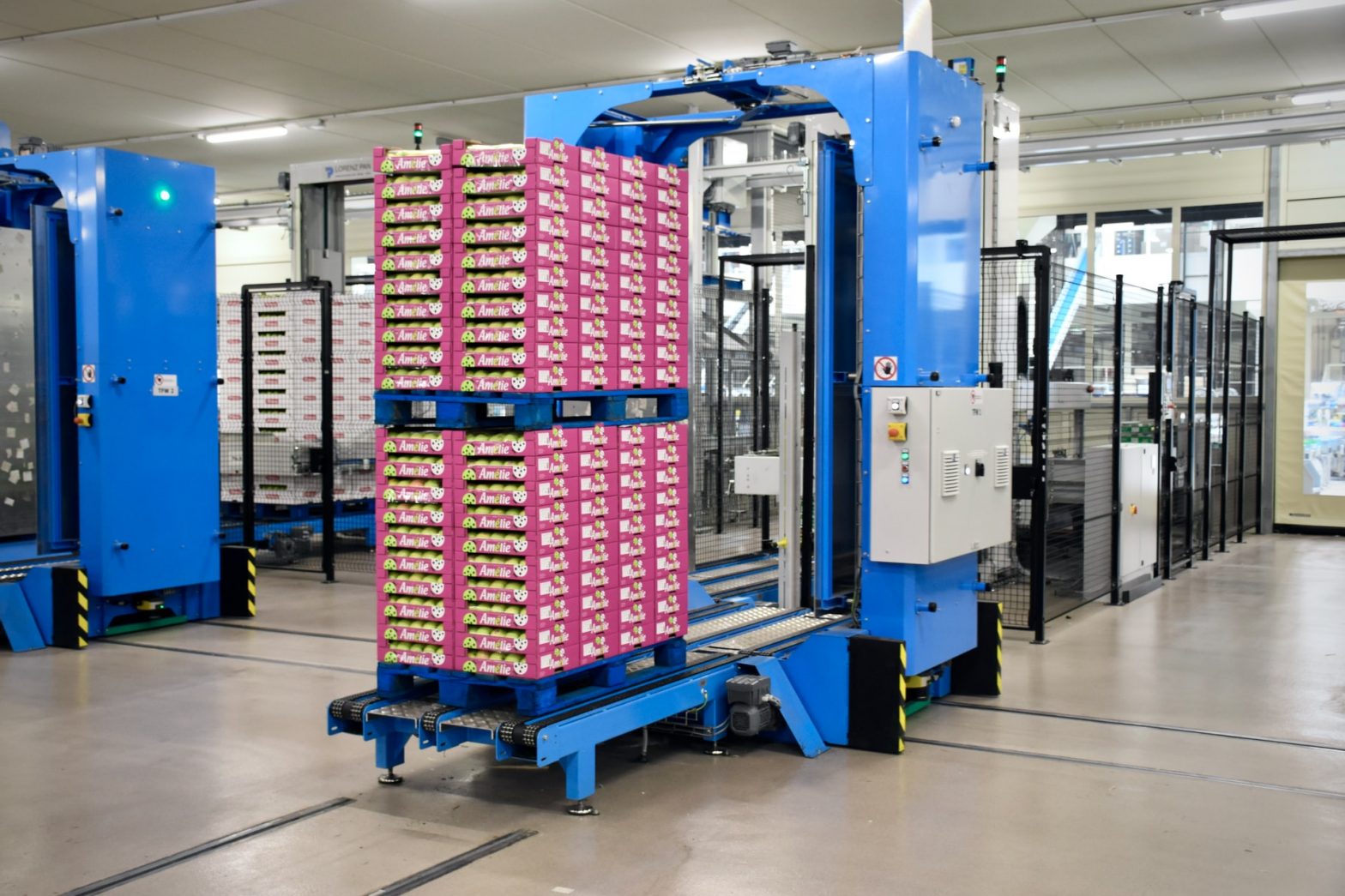The digital revolution of logistics and supply chain procedures, is being driven by the rise of new tailored technologies.
Nowadays, online brands, no matter if small or well-established, can utilise and implement the latest logistics innovations, such as geolocation tools, warehouse administration systems, drones, autonomous vehicles, and advanced automation platforms.
What is Supply Chain Digitisation?
In a nutshell, Supply Chain Digitisation are those digital solutions, which are replacing the analogue or manual processes throughout the ecommerce supply chain.
Digitisation will help you to streamline operations, improve management and increase visibility, by applying cutting-edge digital products and services into different facets of the supply chain.
How Does It Work?
For every business specifics vary, and it may be even tailor-made for their needs. The digitisation will transform a company`s supply chain, with the intent of integrating various digital technology into different supply chain activities.
At a high level glance, the supply chain digitisation often involves three principal sectors, namely: data management, process integrations and the use of digital tools in physical process execution.
In actual fact, it assists in enhancing the supply chain by addressing crucial challenges, and making the whole process faster, more precise, effective and flexible.
The Three Primary Areas
Data Management
A digitised data management will assist in keeping on record sales and customer information, which are then evaluated to enhance processes such as demand forecasting and distribution techniques.
Supply chain management tools are intended to gather large volumes of data on time and precisely. As an example, we can mention inventory management software, which is used to automatically receive orders placed on an online store, process them, updates stock levels and make available concurrent inventory computations.
Process Integration
A digitised process integration will generate a better coordination between different performers in the supply chain, and more transparency.
From first-mile delivery to shipping orders, the use of diverse supply chain technology is aimed to assimilate with one another for an end-to-end supply chain solution.
Use of Digital Tools
The implementation of different physical procedures are also impacted by the supply chain digitisation, as information on inventory site will assist to improve gathering paths permitting enhanced efficacy.
Robots for example, assist in retrieving and transporting items in the warehouse.
Digital Supply Chain vs Traditional Supply Chain
In principle a traditional supply chain is linear, while a digital supply chain is made up of networks.
A traditional supply chain relies on rules based on historical transactional inputs, while a digital supply chain thanks to integrated technology functions live or in real-time.
A traditional supply chain often counts on a standalone system, while in a digital supply chain the IT info and operational technology structures are incorporated.
Moreover, a traditional supply chain requires a lot of preparation when it comes to recognising potential issues and forecasting probable risks.
On the other hand, a digital supply chain enables companies to anticipate problems and take instant preventive measures, by shared quality and control data.
Finally, a major difference to reckon between the two types of supply chains is that in a traditional one humans are making decisions based on machine inputs, while in a digital supply chain machines are driving the decisions with human oversight.
Benefits of Supply Chain Digitisation
There are a number of benefits which can be obtained from a digitised supply chain, positively affecting supply chain execution and planning. We mention three below.
Better Financial Management
Having real-time visibility of your inventory activity thanks to digitisation, helps you manage your financials better.
As an example, you can avoid high stock out costs by getting automated notifications when it is time to re-order inventory.
Moreover, inventory carrying costs can be reduced by planning inventory replenishment more precisely thus avoiding the risk of dead stock.
Minimised Lead Times
By digitisation, you have real time visibility throughout your supply chain, which reduces lead times and improves supply chain velocity.
By amalgamating your fulfilment software with your ecommerce store for example, you can automatically receive orders, and get them ready for fulfilment.
Digitisation speeds up different processes thus eliminating the manual work across departments.
Improved Decision Making
It stands to reason then that by digitising your supply chain, you have advanced tracking and analytics capabilities, obtaining insights for better decision making.
This can assist in making accurate predictions for future demand, as digitisation will help you track historical sales data and consumer buying behaviour.
Therefore, by planning inventory levels and calculate how much inventory to have in each distribution centre, will help you improve delivery times and save on costs.
How Do I Digitise My Supply Chain Management?
The ideal option would be to rely on Business Solutions Consultants and IT outsourcing, which doesn`t require recruiting, leaving your present team to focus on keeping everyday operations running smoothly.
Final Thoughts
Digitising your supply chain then has many benefits, and organisations are revisiting how they do business. Implementing technology in your supply chain can lead to greater efficiency, flexibility and build resilience.
Digital transformation today is one of the most effective and safest ways to build a business, and the best time to start putting your plans in action is now. Contact us!

